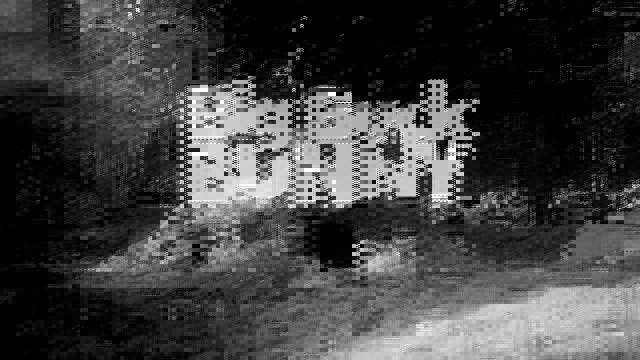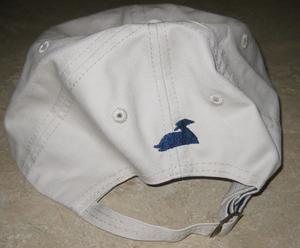I’ve been toiling away as a multimedia technology generalist for so long that it’s easy for me to forget that not everyone is as versed in the minutiae of the domain as I am. But I recently experienced what it’s like to be such an outsider when I posted about my toy VP8 encoder, expressing that it’s one of the hardest things I have ever tried to do. I heard from a number of people who do have extensive experience in video encoding, particularly with the H.264 and VP8 codecs. Their reactions were predictable: What’s so hard? Look, you might be a little too immersed in the area to really understand a relative beginner’s perspective.
And to all the people who suggested that I should get the encoder into FFmpeg ASAP: Are you crazy?! Did you see what the first pass of the encoder produced? Do you have lower standards than even I do?

Not Giving Up
I worked a little more on the toy encoder. Remember that the above image is what I’m hoping to encode somewhat faithfully for this experiment. In my first pass, I attempted vertical prediction for all planes. For my next pass, I forced the chroma planes to mid-level (which results in a greyscale image) and played with the 16×16 luma prediction modes. When implementing an extremely naive algorithm to decide which 16×16 prediction mode would be the best for a particular block, this is what the program produced:

For fun, here is what the image encodes to when forcing various prediction modes:
Continue reading →





